Welcome to this fun and comprehensive deep dive into math measurement and geometry classwork! Whether you’re a student trying to sharpen your skills or an educator looking for new ideas, this guide offers clear, step-by-step strategies aligned with the Common Core State Standards (CCSS). By focusing on measurement and geometry in an interactive, hands-on way, you’ll not only strengthen your foundational knowledge but also build a lasting appreciation for how math applies to everyday life.
Very often, students view measurement and geometry as abstract topics, but in reality, they are among the most practical areas of math you can learn—useful for construction projects, interior design, cooking, sports, and even modern technology. Below, we’ll explore essential concepts, provide engaging practice tips, and pull back the curtain on how to make your math measurement and geometry classwork more enjoyable and effective. Let’s get started!
1. Why Focus on Measurement and Geometry?

Measurement and geometry play critical roles in shaping our understanding of the world around us. From determining how much space a piece of furniture will occupy in your living room (measurement) to figuring out the angles needed to design a sleek building (geometry), these concepts can be found everywhere. By blending the two, you learn to think more spatially and logically, which helps sharpen your problem-solving skills.
- Real-World Applications: Calculating a recipe’s ingredient proportions is a quick lesson in measurement, while mapping the routes on your favorite hiking trail can be a practical exercise in geometry.
- Foundation for Advanced Math: Mastering basic measurement and geometry lays the groundwork for more advanced topics like trigonometry, calculus, and even physics.
- Boost in Critical Thinking: Both measurement and geometry challenge you to visualize, reason, and make logical deductions, a skill set that translates well beyond math class.
2. Key CCSS Concepts in Measurement and Geometry
The Common Core State Standards emphasize the ability to understand and apply concepts in measurement and geometry with real-world relevance. For measurement, this spotlight includes understanding units, comparing quantities, and solving multi-step problems that require precision. Geometry centers on properties of shapes, angles, and spatial reasoning.
- Measurement Standards: Students often work on identifying different units (like inches, feet, centimeters, or meters) and converting between them. Mastering measurement conversions is particularly vital in science experiments and everyday tasks such as grocery shopping for recipes.
- Geometry Standards: At an elementary level, students learn to identify polygons and distinguish their properties. As they advance, students tackle circles, 3D shapes, and transformations (like rotations, reflections, and translations).
By weaving these CCSS standards into classwork, educators help learners make connections that boost retention and deepen understanding. The following sections break down how to apply these standards effectively.
3. Creating Engaging Measurement Activities
- Hands-On Experiments
• Use Real Objects: A simple way to practice measurement is to ask students to measure everyday objects—a textbook, a pencil, or even the width of the classroom door. Having real, tangible items grounds the concept of measurement in reality.
• Explore Different Units: Encourage conversion between inches and centimeters so students appreciate the differences in measurement systems. - Outdoor Explorations
• Schoolyard Math: Take the class outside to measure the basketball court’s length or the distance between two trees. Applying measurement skills in a real-world setting keeps the class energized and attentive. - Cooking Projects
• If possible, bring cooking into the classroom or assign a mini baking project at home. Estimating ingredients and converting between cups, teaspoons, or grams is an effective, yummy way to master measurement fundamentals. - Collaborative Group Work
• Group tasks can include measuring various classroom objects and comparing results. This fosters communication skills while reinforcing measurement accuracy.
4. Bringing Geometry to Life in Classwork

- Shape Exploration Activities
• Going Beyond Names: Instead of merely identifying shapes, challenge students to classify them based on properties like angles, sides, or lines of symmetry. This approach ensures they truly understand geometry concepts.
• Cross-Subject Connections: Draw shapes mentioned in literature or social studies (for example, a pentagon or star in a historical flag). This type of cross-curricular insight makes geometry more memorable. - Realistic Sketching and Modeling
• Sketch it Out: If students can draw shapes accurately, they’ll deepen their understanding of geometry. Drawing triangles of different angles, or quadrilaterals with various side lengths, fosters skillful pencil work and spatial reasoning.
• 3D Models: Use clay or Play-Doh to form 3D shapes. Encourage students to describe each shape’s edges, faces, and vertices. Handling these forms helps them physically experience geometry. - Dynamic Angle Analysis
• Protractors in Action: Simple but effective—have students measure angles using protractors and compare. Create a challenge where they must discover different angles (acute, right, obtuse) in the classroom’s architecture.
• Movement and Angles: Ask students to form angles with their arms or legs, and let classmates measure these angles with a protractor. This transforms geometry into a participatory group activity. - Technology Integration
• Interactive Geometry Tools: Software tools like GeoGebra can bring geometry concepts to life with digital manipulations of shapes. For instance, rotating or reflecting shapes on screen helps learners visualize transformations.
5. Step-by-Step Strategies for Mastery
Achieving mastery in measurement and geometry requires a systematic approach. Here’s a quick roadmap:
- Build Confidence with Basics
• Master Conversion Tables: Keep a chart of unit conversions readily available. Make it a habit to practice small conversions daily so measurement becomes second nature.
• Explore a Variety of Shapes: Don’t just stick to squares and rectangles; incorporate circles, trapezoids, and more to maintain excitement around geometry. - Incorporate Formative Assessments
• Pop Quizzes & Journals: Short quizzes or daily measurement logs help teachers and students understand progress. Journals where learners solve geometry tasks step by step offer insight into their thinking process. - Encourage Peer Teaching
• Group and Pair Work: Learning measurement and geometry together fosters collaborative discussion. Peers often explain complicated steps in ways that resonate better with one another than formal teaching alone. - Reflect and Review
• Daily Exit Tickets: Quick reflections at the end of each lesson can highlight areas that need improvement. These micro-assessments keep measurement and geometry concepts fresh in everybody’s mind.
6. Real-World Applications to Inspire Students

One of the most powerful motivators for students is seeing how measurement and geometry apply to real life. The beneficial outcomes extend well beyond the walls of a classroom:
- Interior Design & Architecture
- Students who learn correct measurement techniques gain a better sense of spacing. Combine geometry to visualize how shapes and angles come together to form robust buildings or imaginative room layouts.
- Athletics & Sports Analytics
- Think about the geometry of a basketball shot or how to measure the dimensions of different playing fields. Statistical analysis often merges measurement with angles and distances for tactics and improved performance.
- Art & Design
- Many artists rely on geometry to create illusions of depth in painting or sculpture. Measurement is crucial for determining proportion and scale, ensuring the final piece looks balanced.
- Technology & App Development
- Virtual reality, game programming, and 3D modeling revolve around geometry fundamentals. Even cutting-edge smartphone apps often require precise measurement inputs to function effectively.
7. Aligning Measurement and Geometry with Other Math Strands
It’s helpful to see measurement and geometry as linked with other math strands like number sense, algebra, or data analysis:
- Algebraic Thinking
- Use measurement data in simple algebraic formulas. For instance, if you measure the length of a rectangle’s sides, you can place those values into an equation to compute area or perimeter.
- Data Analysis & Probability
- Gather measurement outcomes from experiments and graph them, weaving geometry into the visual representation of that data. This synergy helps students interpret math in multiple ways.
By interlacing measurement and geometry across different areas of math, you create a holistic approach that makes learning more cohesive and fun.
8. Common Pitfalls and How to Overcome Them
- Confusion with Metric vs. Imperial Units
• A frequent issue in measurement is mixing up centimeters and inches or cups and milliliters. Keep reference charts and allow plenty of practice switching between units. - Overlooking Key Geometry Properties
• Students sometimes recall a shape’s name without truly understanding sides or angles. Reinforcing geometry vocabulary (like parallel, perpendicular, right angle, etc.) routinely cements comprehension. - Not Enough Hands-On Experience
• Measurement and geometry are practical fields. Relying only on textbook problems can cause boredom and stray attention. Incorporate interactive labs, simulations, or real-life projects whenever possible for deeper engagement. - Rushing Through One Concept to Another
• Mastery builds on consistent practice. Pausing to review measurement conversions and geometry properties ensures knowledge has time to take root.
9. Advanced Extensions for Eager Learners
Not every student learns at the same pace—some quickly master measurement and geometry basics. For such learners, deeper exploration can keep them enthusiastic:
Exploring Similarity and Congruence
Encourage curious students to delve into how shapes compare in size and angle. Prove congruence using transformations or delve into similarity by using ratio-based measurement.
Introduction to Coordinate Geometry
Plotting points on a coordinate plane and applying measurement-based formulas for distance or slope open doors to more advanced math. This early introduction can demystify upper-level geometry concepts.
Using Precision Instruments
Incorporate laser measuring tools or advanced geometry software for students who crave modern, tech-based challenges.
10. Actionable Tips for Teachers and Parents
- Use Visual Aids Liberally
• Posters illustrating measurement conversions and geometry shapes can serve as quick references. Visual cues often help students remember facts more efficiently. - Relate Topics to Student Interests
• If students love sports, use the measurement of a basketball court. If they enjoy music, explore how geometry influences the design of instruments. Personalizing content drives home practical benefits. - Offer Multiple Representations
• Present geometry or measurement problems graphically, numerically, and verbally. This variation embraces diverse learning styles. - Keep it Collaborative
• Group activities, class discussions, and peer-teaching sessions ensure shared learning. Students become resources for each other, creating a supportive atmosphere around measurement and geometry study.
11. Integrating Digital Resources
In our tech-driven world, educators and parents can integrate online tools and platforms to support the learning process. Websites like Khan Academy, GeoGebra, and even augmented reality apps help students visualize measurement and geometry in ways textbooks alone cannot. These tools align well with CCSS guidelines because they emphasize problem-solving and conceptual understanding.
High-Authority External Link for Further Reading:
- The National Council of Teachers of Mathematics (NCTM) provides in-depth resources and research on best practices for math education, including measurement and geometry: → https://www.nctm.org
CONCLUSION
Elevating your math measurement and geometry classwork can be a game-changer, transforming what might feel like dry topics into powerful, real-world skills. By mixing hands-on activities, cross-curricular tie-ins, and consistent practice, you ensure that students not only meet CCSS requirements but also grow to appreciate the nuance and elegance of math. Whether you’re a parent guiding homework, a teacher planning lesson units, or a student exploring the world, remember that measurement and geometry are core tools for making sense of our environment.
From calculating the dimensions of a new playground to determining the angles of an art mosaic, your understanding of measurement and geometry shapes daily decision-making and fosters creativity. Keep exploring, keep questioning, and keep engaging in math. When you invest your time and curiosity into these topics, you’ll find that they open more doors than you ever imagined.
KEY TAKEAWAYS / SUMMARY NOTES
- Both measurement and geometry feature prominently in everyday life, from sports to architecture.
- Measurement fundamentals include understanding units, converting between systems, and applying precision in calculations.
- Geometry fundamentals revolve around identifying properties of shapes, angles, and exploring connections between different figures.
- CCSS alignment ensures that students learn with a real-world focus, fostering deeper comprehension and practical skills.
- Hands-on projects, collaborative tasks, and technology make measurement and geometry more engaging and memorable.
- Regular practice, reflection, and peer discussion create an environment where these concepts truly come to life.
By following these recommendations, you’ll be well on your way to mastering measurement and geometry. Enthusiasm, consistency, and the willingness to explore beyond the textbook can transform math classwork into an inspiring pursuit. Embrace the possibilities—and let your newfound skills guide you toward success in all spheres of life!


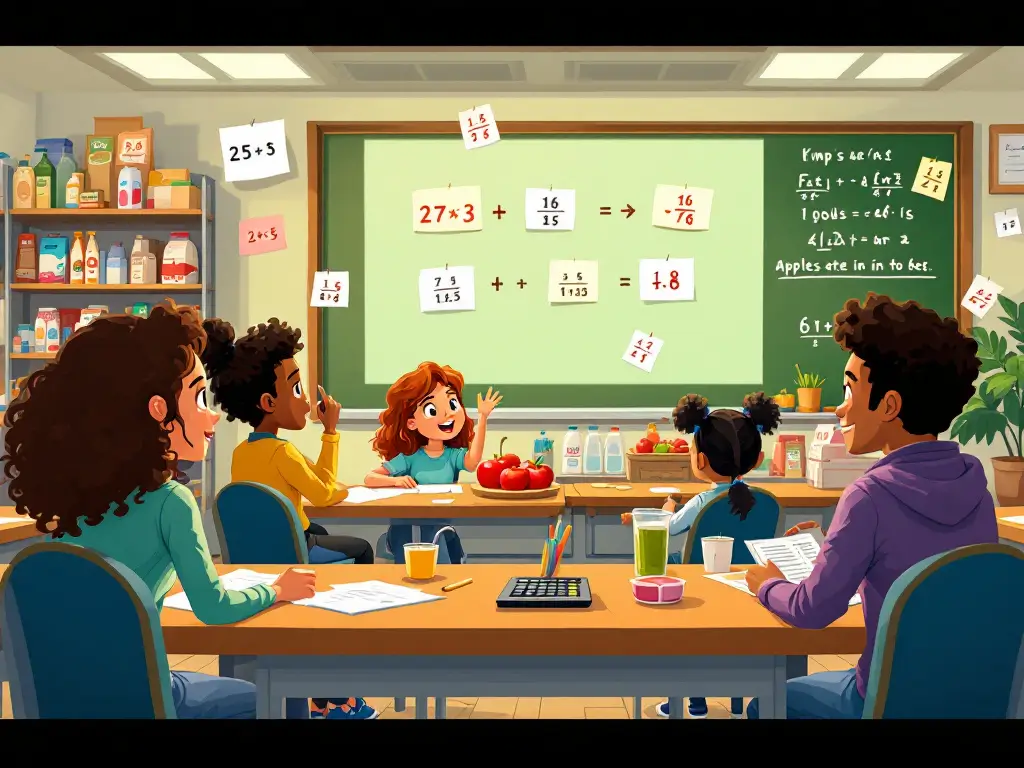
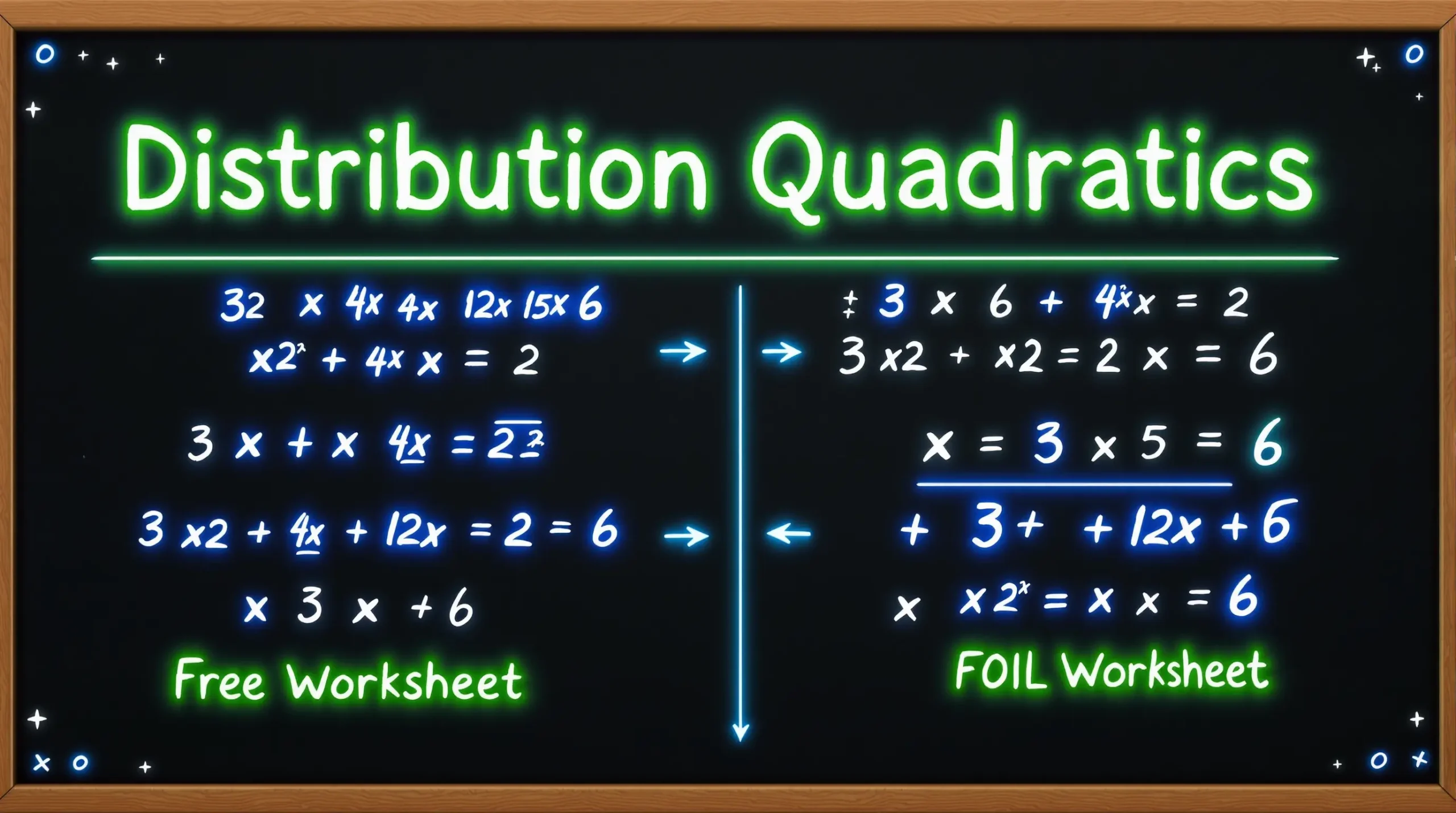
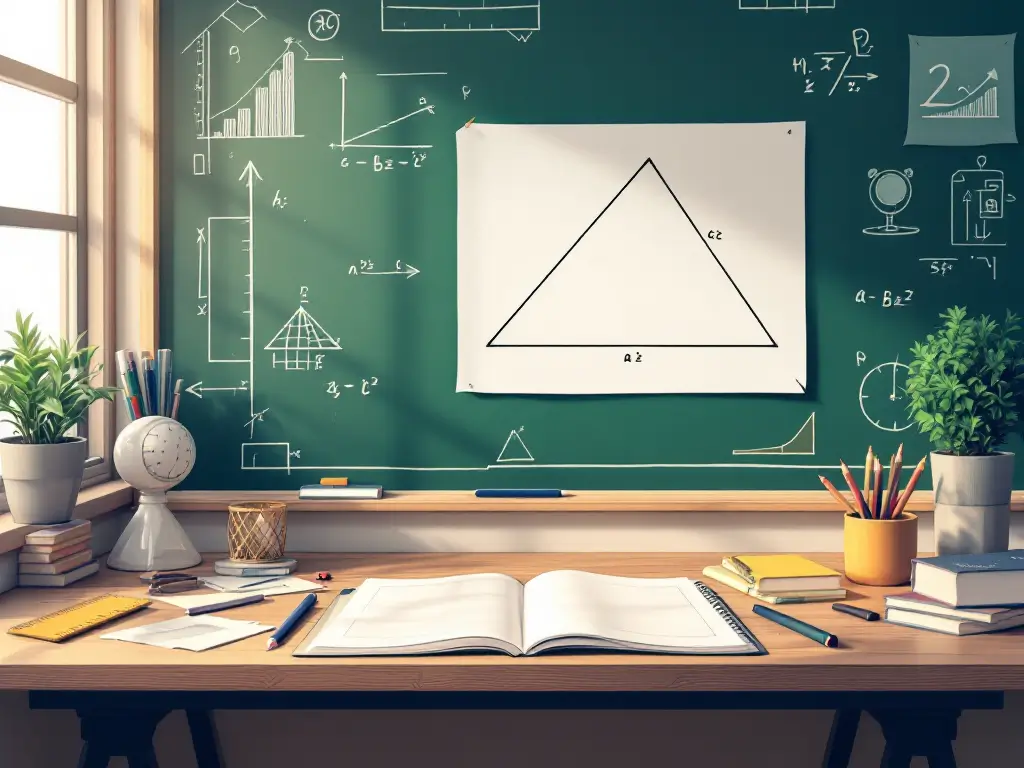
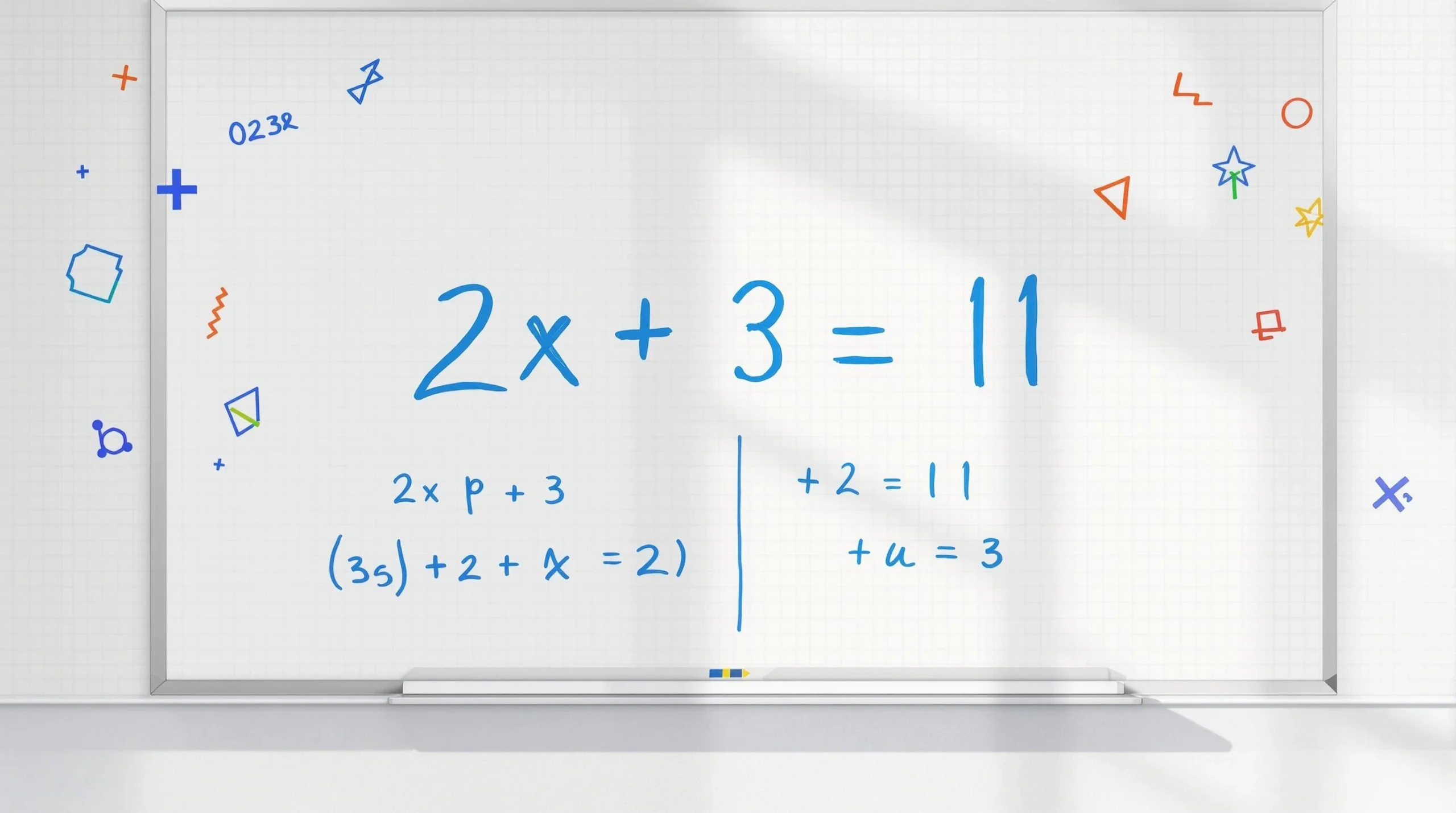
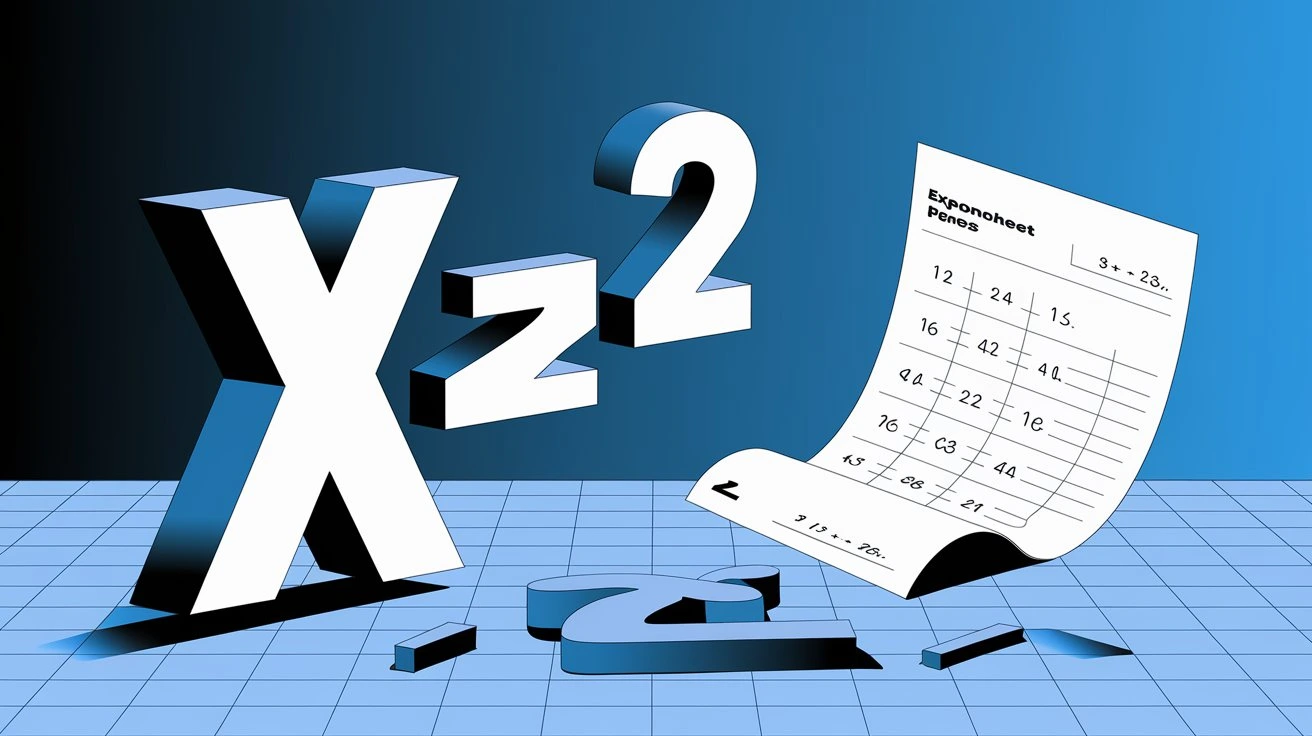
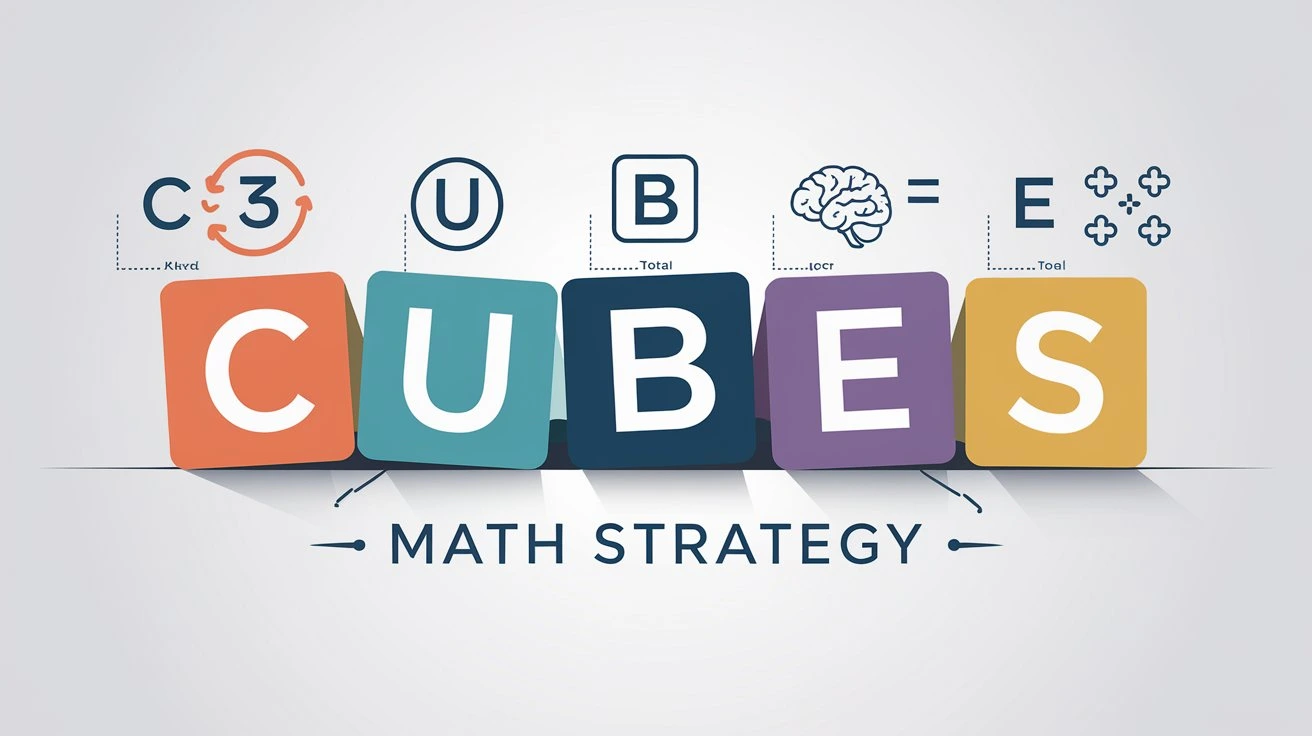
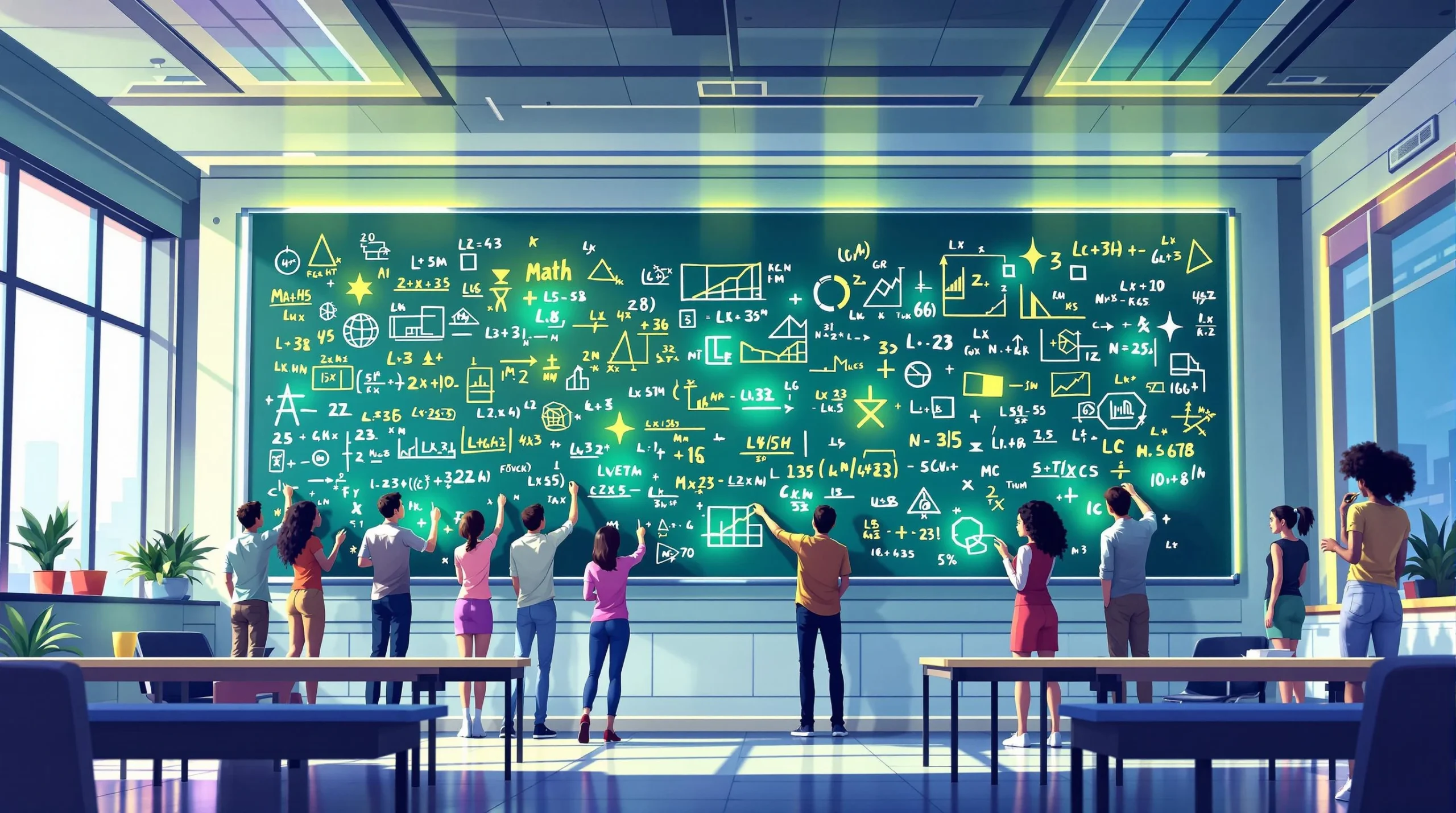
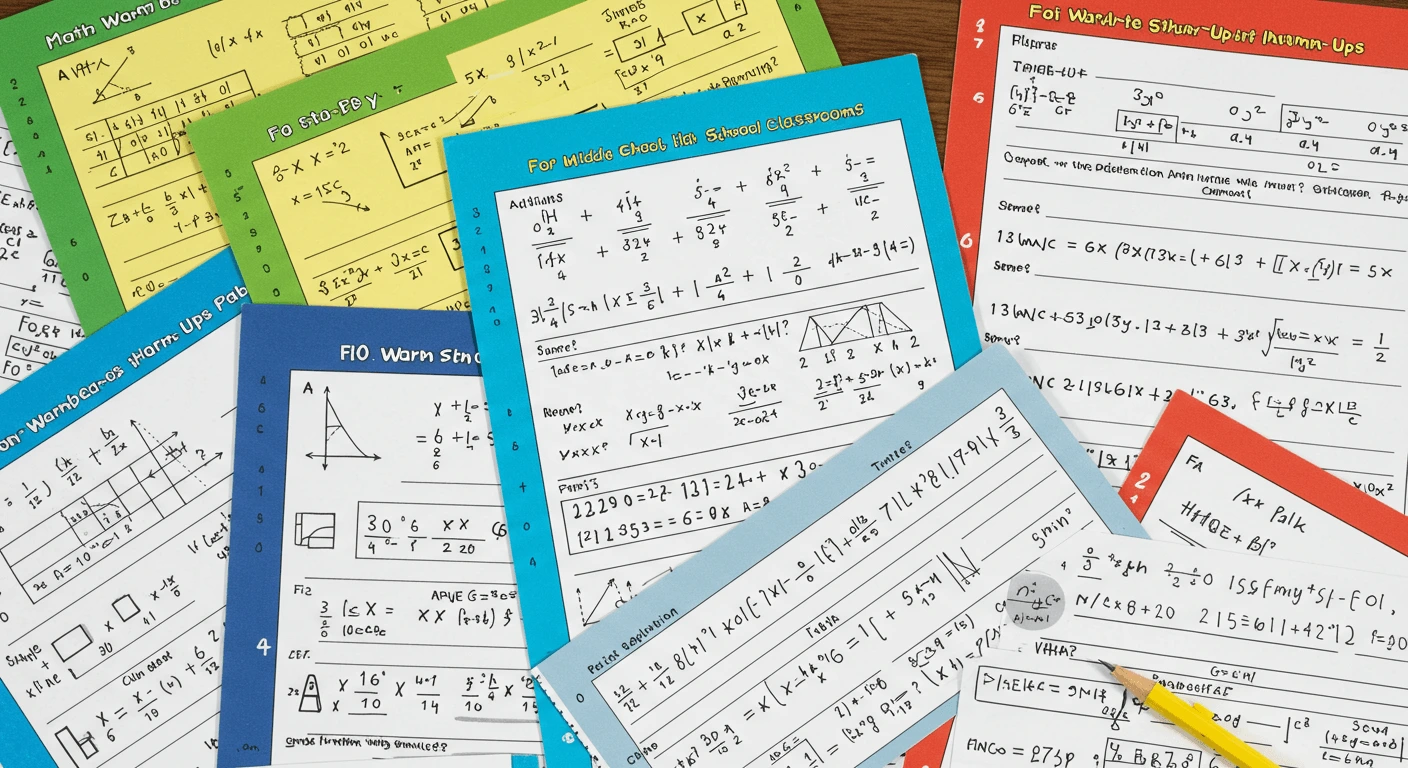
2 thoughts on “Mastering Measurement and Geometry: A Friendly CCSS-Aligned Guide for 7 grade”
Comments are closed.